Expansion of Industrial Activities
The ongoing expansion of industrial activities across various sectors is significantly influencing the Industrial Air Heaters Market. As manufacturing, construction, and logistics sectors grow, the demand for effective heating solutions rises correspondingly. For instance, the manufacturing sector alone is projected to witness a compound annual growth rate of approximately 4% over the next few years. This growth necessitates reliable heating systems to ensure optimal operational conditions, particularly in colder climates. The increasing scale of industrial operations is likely to propel the demand for industrial air heaters, as companies prioritize maintaining efficient and safe working environments.
Increased Focus on Workplace Safety
Workplace safety is becoming an increasingly critical concern for industries, thereby impacting the Industrial Air Heaters Market. Effective heating solutions are essential for maintaining safe working conditions, particularly in environments where temperature control is vital for both equipment and personnel. The implementation of safety regulations and standards is prompting industries to invest in reliable air heating systems that ensure optimal thermal comfort. As companies prioritize employee safety and well-being, the demand for industrial air heaters that meet safety standards is expected to rise, further driving growth in the Industrial Air Heaters Market.
Rising Demand for Energy Efficiency
The Industrial Air Heaters Market is experiencing a notable increase in demand for energy-efficient heating solutions. As industries strive to reduce operational costs and minimize environmental impact, energy-efficient air heaters are becoming a preferred choice. According to recent data, energy-efficient models can reduce energy consumption by up to 30%, which is particularly appealing in sectors such as manufacturing and warehousing. This trend is further fueled by regulatory frameworks that encourage energy conservation, compelling companies to invest in advanced heating technologies. Consequently, the focus on energy efficiency is likely to drive growth in the Industrial Air Heaters Market, as businesses seek to enhance their sustainability profiles while maintaining productivity.
Technological Innovations in Heating Solutions
Technological advancements are playing a crucial role in shaping the Industrial Air Heaters Market. Innovations such as smart heating systems, which integrate IoT technology, are enhancing the efficiency and functionality of air heaters. These systems allow for real-time monitoring and control, enabling industries to optimize energy usage and reduce costs. Furthermore, the introduction of advanced materials and designs is improving the performance and durability of air heaters. As industries increasingly adopt these cutting-edge technologies, the Industrial Air Heaters Market is expected to witness substantial growth, driven by the need for modern, efficient heating solutions.
Regulatory Compliance and Environmental Standards
The Industrial Air Heaters Market is significantly influenced by stringent regulatory compliance and environmental standards. Governments worldwide are implementing regulations aimed at reducing emissions and promoting energy efficiency. These regulations compel industries to adopt cleaner and more efficient heating solutions, thereby driving the demand for advanced industrial air heaters. For example, compliance with standards such as the Energy Star program can lead to substantial cost savings and improved operational efficiency. As industries navigate these regulatory landscapes, the need for compliant heating solutions is likely to bolster the growth of the Industrial Air Heaters Market.
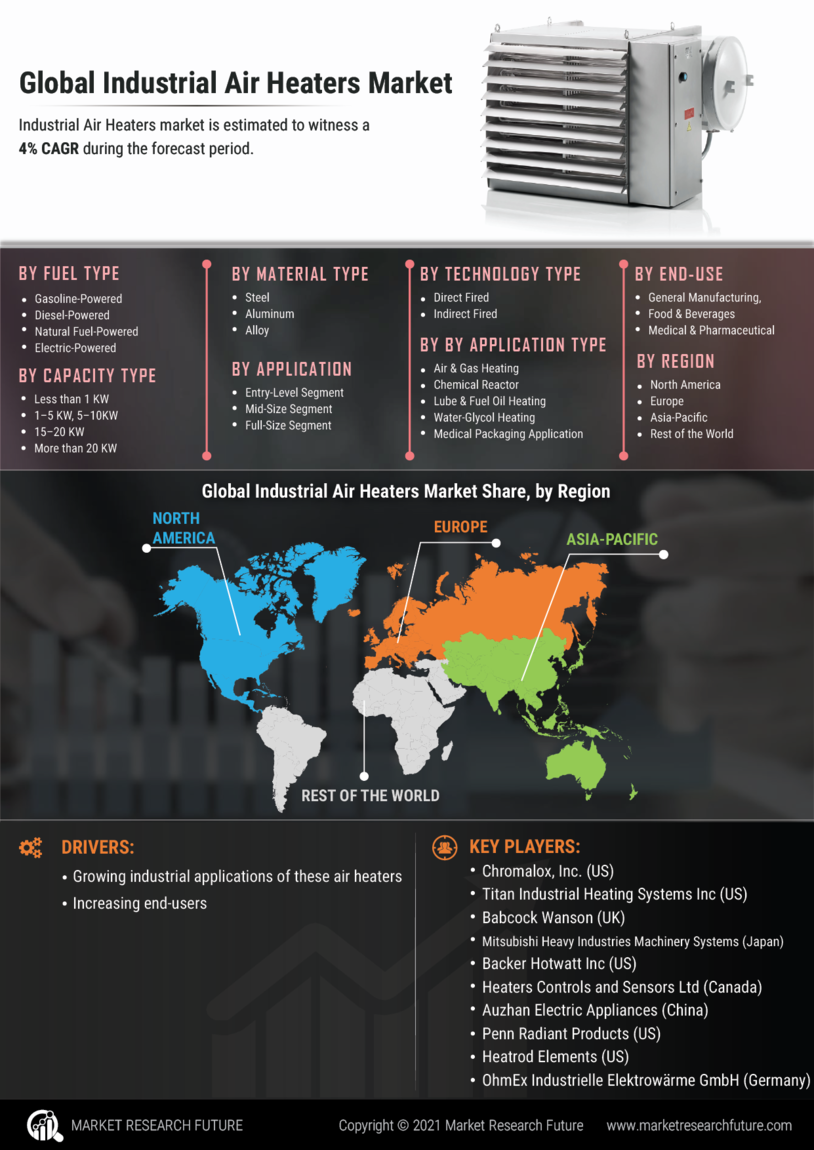

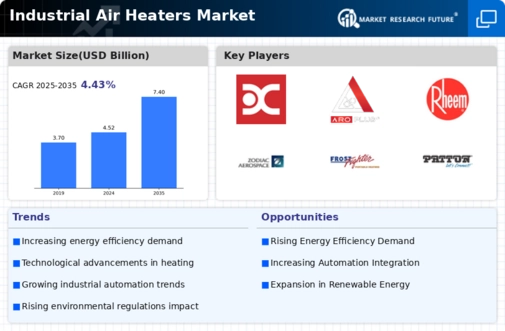
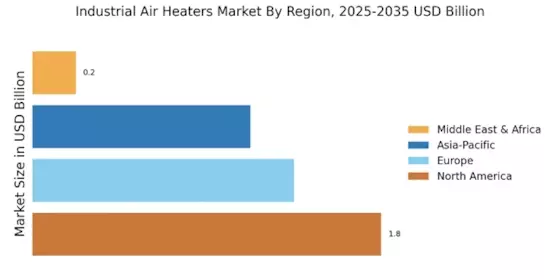
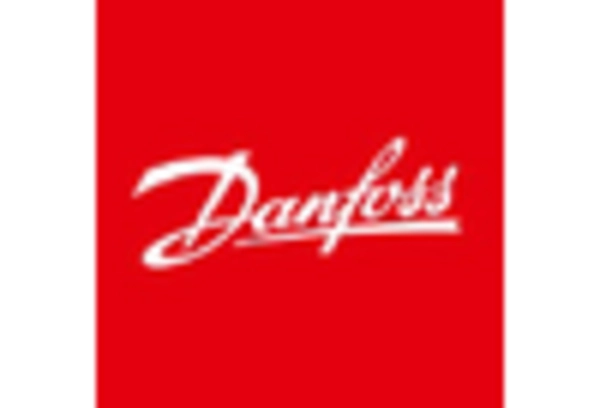
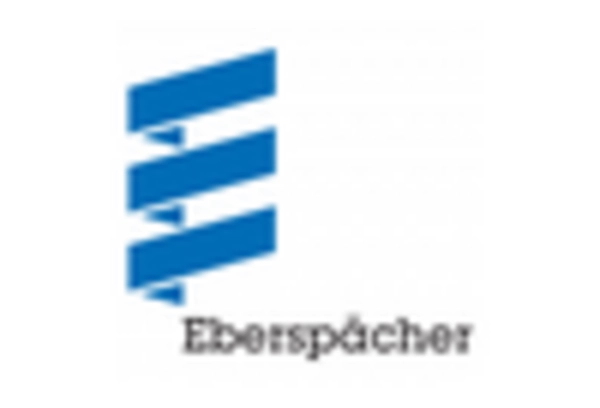


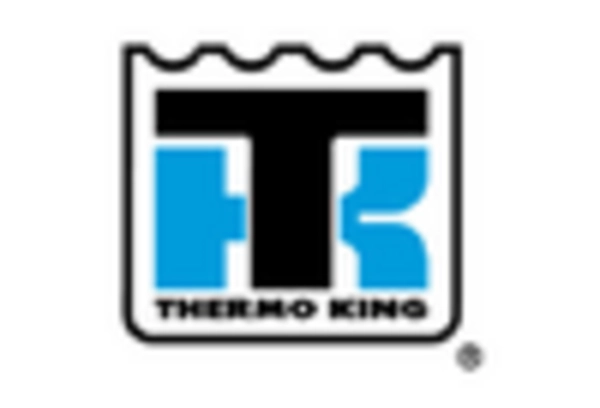









Leave a Comment